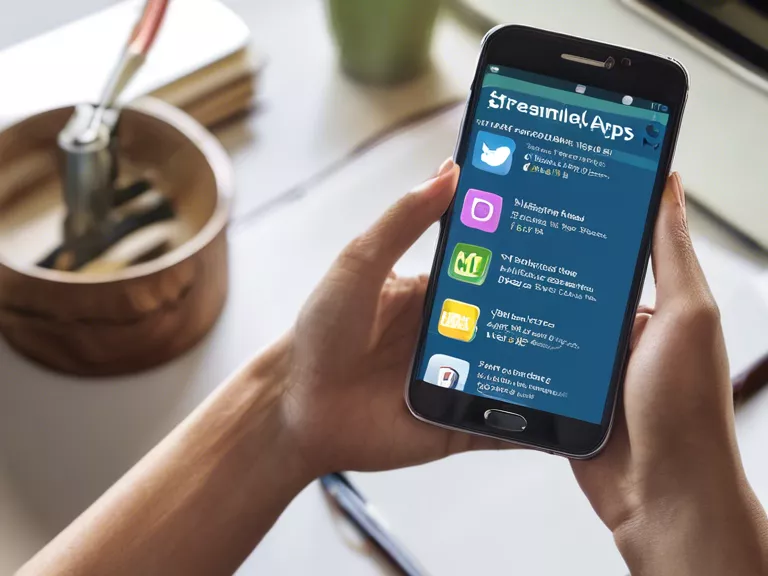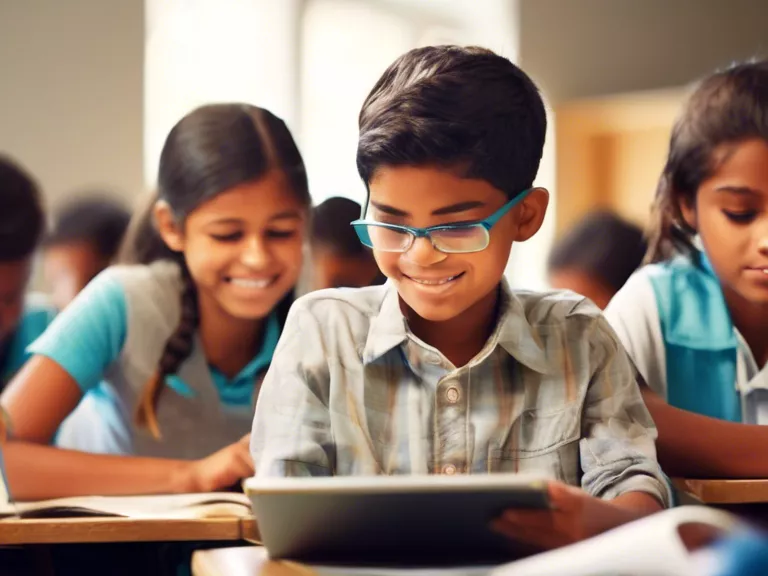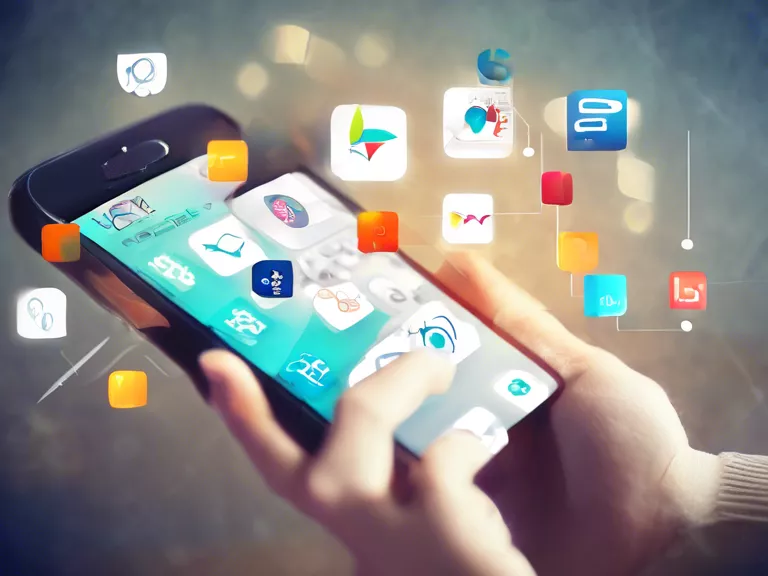
With the rise of technology and the increasing reliance on smartphones, digital wallet apps have become a popular way to make payments. These apps allow users to store credit card information, loyalty cards, and even gift cards in one convenient place, making purchases quick and easy. One of the major features of digital wallet apps is the ability to make contactless payments, which is becoming a more common way to pay for goods and services. In this article, we will discuss how digital wallet apps are making contactless payments mainstream.
Contactless payments use near field communication (NFC) technology to enable secure transactions between a mobile device and a point-of-sale terminal. This technology allows for quick and convenient payments without the need for physical contact with a card or cash. Digital wallet apps like Apple Pay, Google Pay, and Samsung Pay have all integrated contactless payment technology into their platforms, making it easy for users to simply tap their phones to complete a transaction.
One of the main reasons why contactless payments are becoming more mainstream is the convenience they offer. With just a simple tap of a phone, users can make a payment without having to fumble for cash or cards. This speed and ease of use make contactless payments an attractive option for both consumers and merchants.
Another factor driving the popularity of contactless payments is the increased focus on hygiene and safety in light of the COVID-19 pandemic. Contactless payments eliminate the need for physical contact with cash, cards, or terminal screens, reducing the risk of spreading germs. Many consumers are now opting for contactless payments as a safer and more hygienic way to pay.
Overall, digital wallet apps are playing a significant role in making contactless payments mainstream. With their convenience, speed, and safety benefits, contactless payments are likely to become the preferred payment method for many consumers in the future.



